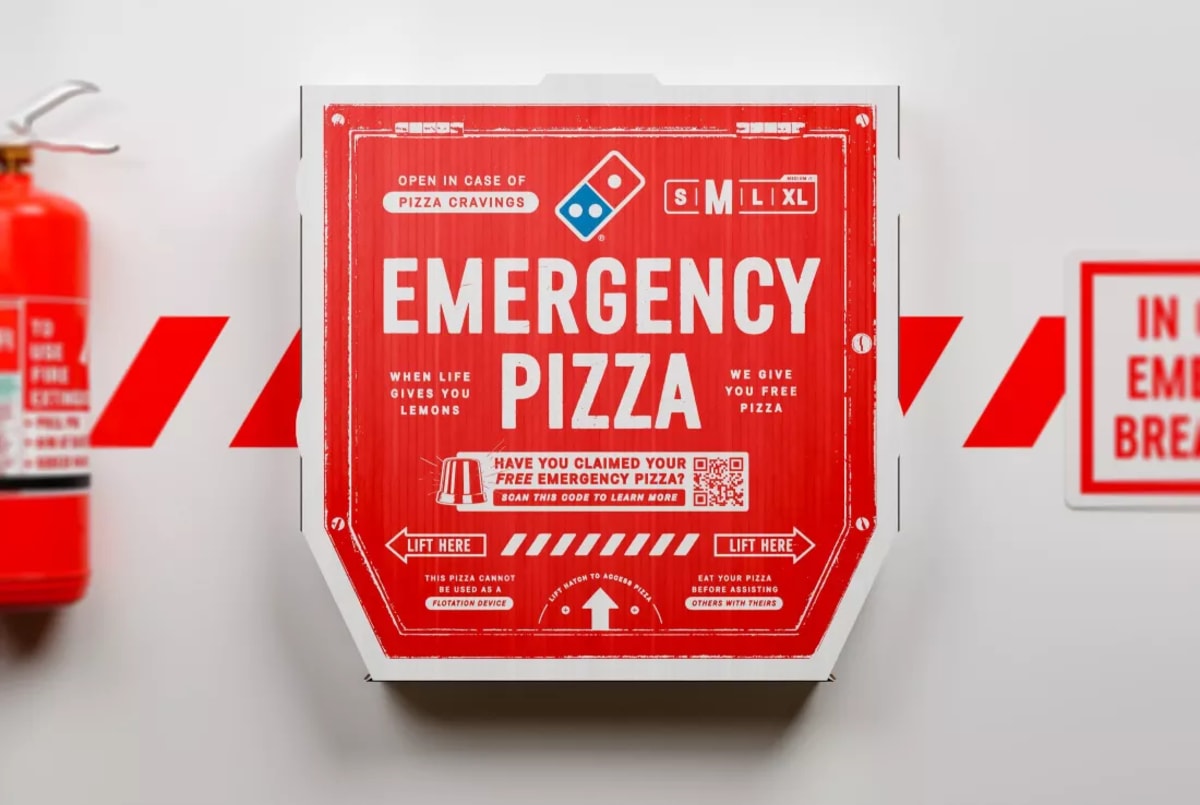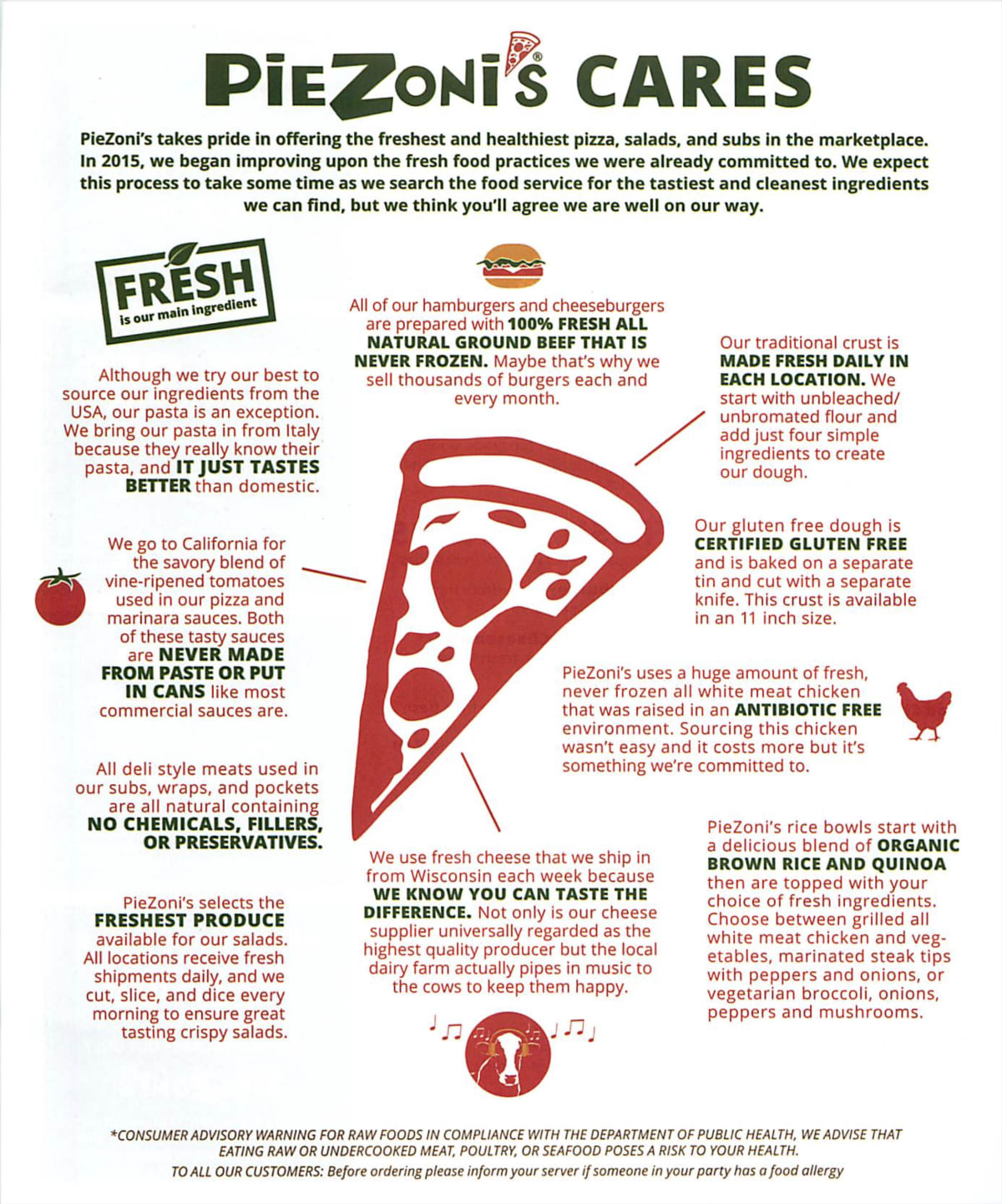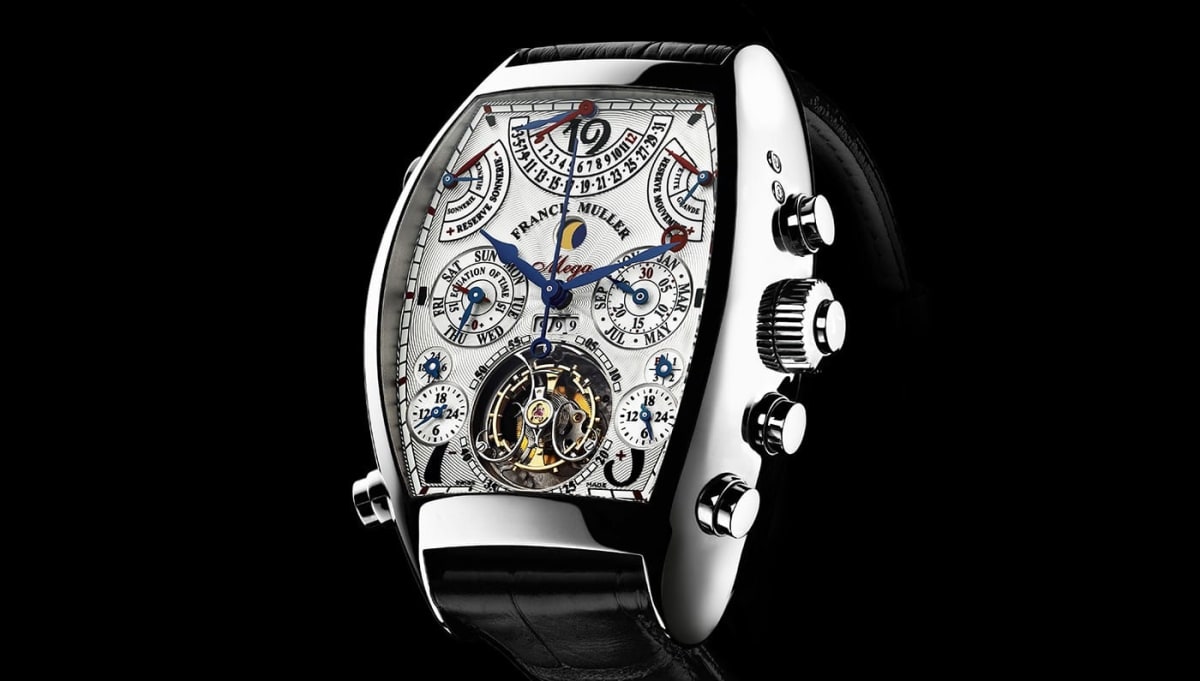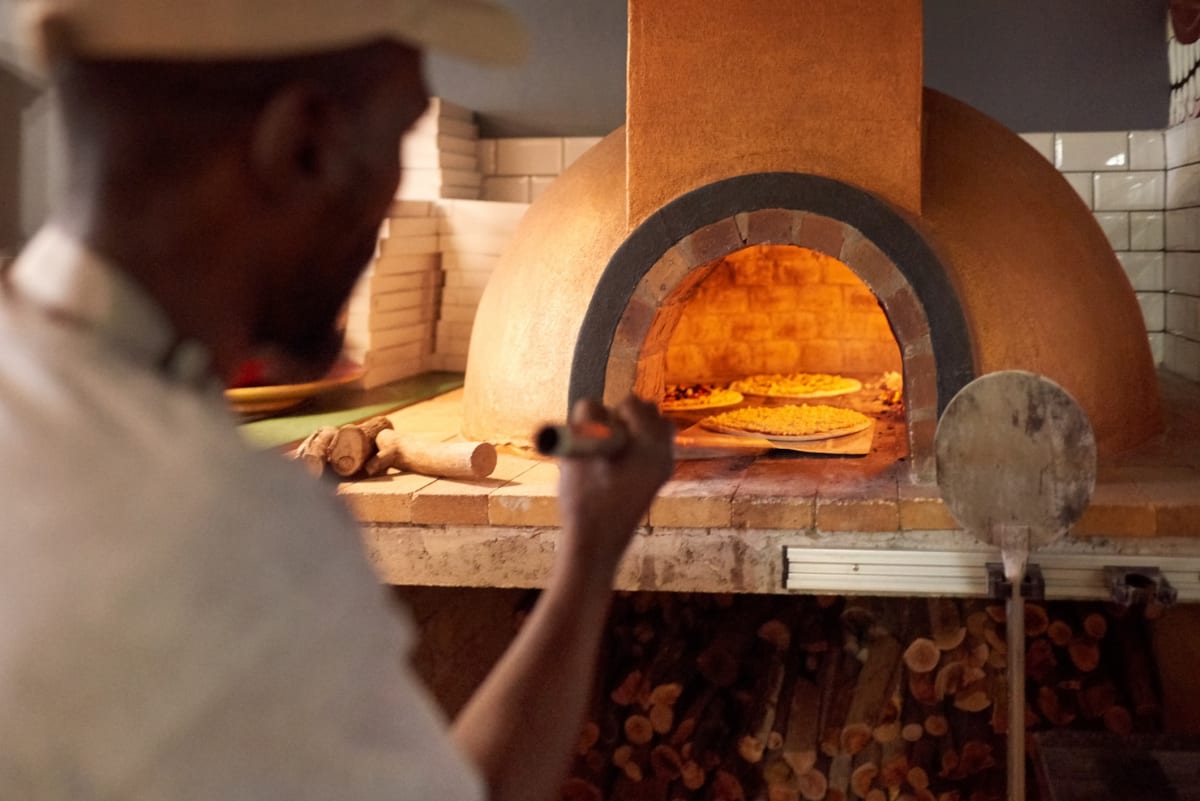Copywriting Friday: A tale of four pizzas
(By the way, to get articles like this free in your inbox, subscribe to our newsletter.)
Copywriting Friday highlights the tools and techniques of creating persuasive content. Enjoy.
In this Copywriting Friday, we discuss how copy can help you position your products and services against your competition, using the cut-throat pizza business as an example.

Competition and no competition: Both have their challenges
Before we enjoy a slice of pizza, let’s first look at the far ends of the “competition spectrum.” At one end, there is no competition: pioneers are introducing something completely new to the world.
Having no competition sounds great, right? In hindsight, after a market has developed, it does sound appealing to be in on the ground floor. But at the time, this is what no existing market looks like:
- If you thought about investing in that newfangled “television” thing, Darryl Zanuck, an executive at 20th Century Fox said, “People will soon get tired of staring at a plywood box every night.”
- If you wanted to produce mainframe computers, even IBM was at first skeptical: Thomas Watson, IBM founder, said: “I think there is a world market for maybe five computers.”
- If you manufactured personal computer memory, you’d have to contend with none other than Bill Gates, who said: “640K ought to be enough for anybody.” (The average smartphone today has 100,000 times that amount of memory.)
At the other end of the spectrum are businesses so numerous that they’re commodities. Sometimes, they even locate across the street from each other, like coffee shops and our favorite for this article—pizza restaurants.
Looking at four competitive environments within one industry
We like pizza because it’s not only tasty, but it competes all along the competitive spectrum. Let’s first examine the commodity end.
1. Competing on location
Of the 77,000 pizza restaurants in the U.S., this lower end has got to be the largest segment. Competition here involves the least amount of copy persuasion because other factors dominate:
- Coffee shops know to locate their stores on the going-into-town side of the road (the direction most drivers take from suburbs);
- Dry-cleaning establishments locate their stores on the going-home-from-city side of the road; and
- Pizza restaurants often try to be near other attractions, like colleges and sports venues.
Sure, you might advertise cheap cheese slices, but if your location is good enough, there’s no need.
Consider the pizza being sold on Georges Island, with the city of Boston, Massachusetts just a short trip away:

There’s one place to eat on that island, which gets thousands of tourists. This is the “starving crowd” principle we spoke of in an earlier article.
2. Competing on speed and innovation
Now we’re getting into some good copy possibilities. Your market may be saturated with multiple competitors and perhaps you can play the low-cost game. A guy named Tom Monaghan sunk $900 into a pizza store in Michigan and decided to compete on other terms. Over time, his tagline was “Fresh, hot pizza delivered in 30 minutes or less.”
That’s a benefit-laden sentence that founded an empire: Domino’s Pizza now has 17,000 stores worldwide and the lifetime value of a Domino’s customer is estimated to be $4,000.
Eventually, Dominos got rid of its 30-minute guarantee because of some publicized traffic accidents, but the company has continued to find ways to rise above the pizza pack:
- You can order a Domino’s pizza to be delivered to a park, at half time during a football game, or even to the beach.
- During COVID, you could pull up in your car to a restaurant and sit in the parking space. After being notified that your pizza was ready, it would be out to you in under two minutes or the next pizza was free.
- Look at the clever copy and promotion on a recent pizza box:

Some of the fine print on the box:
- “This pizza cannot be used as a floatation device.”
- “Eat your pizza before assisting others with theirs.”
With the company’s regular innovation and clever messaging, it’s easy to see why they may easily come to mind when someone says: “What do you want to eat tonight?”
3. Competing on granular detail
PieZoni’s is not a mega-chain, having just 20 locations, but it’s a good example of carving out a pizza niche. It understands that with a low price point, it might only take one distinction to make people choose PieZoni’s over someone else who makes little effort at differentiation.
PieZoni’s devotes a lot of copy to explaining how it is different:

Notice how there’s one distinction after another:
- Meat that’s fresh, never frozen.
- Sauce that’s never made from paste or put in cans.
- Four simple ingredients to the dough that’s made daily.
- Antibiotic-free environment for chickens.
- They cut their gluten-free pizza with a separate knife.
- The pasta is imported from Italy.
- Their cheese comes from a local farm that pipes in music to keep the cows happy.
This kind of copywriting is like fishing with multiple hooks: it just takes one hook to work, and you may not know which one will make the fish or person decide to bite.
We created a win for one of our clients by adding details to a product page, based on our customer research. Just four additional bullet points boosted subscriptions by 39%.
4. Competing on luxury
The legendary copywriter, Clayton Makepeace, put it this way: “You need to find your own wall to lean your ladder against.” The famous Rolls Royce ad by David Ogilvy does a good job of it:

If your thing is timepieces, then you might want to pick up this watch:

The Swiss watchmaker, Franck Muller, will let you have it for just $2,580,000. That may sound like a lot of money, but a watch can go for 20 times that amount.
Believe it or not, the lowly pizza can compete on a similar relative basis of exclusivity: Of the 77,000 pizza restaurants in the U.S., only 98 have the coveted designation of AVPN, or Associazione Vera Pizza Napoletana. It’s an official designation of the Italian government. In other words, these pizzerias are at the pinnacle of makers of Neapolitan pizza.
Earning the AVPN designation involves specialized equipment like a 900 Fahrenheit (or 480 Celsius) wood-fired oven, strict control over ingredient quality, plus training and on-site inspections, among other things.

Some ovens have the hearth stone imported from a quarry on Mt. Vesuvius in Naples, Italy.
To put it another way, if you drive up to Pasquale’s in your Rolls, glance at your Swiss watch, and have time for lunch that involves the best pizza money can buy, you’ve found it. At $26 for a 12-inch pizza, it’s a steal.
Of course, some people prefer other styles of pizza like deep-dish; that’s an opportunity for someone else to lean their ladder against that wall.
Where are you in the competitive spectrum of your industry?
People don’t like to be sold, but they love to buy. They’re looking for reasons to buy one product over another. Whatever your industry, differentiation is possible. The dimensions may be price, location, quality, speed to market, speed of delivery, or something else.
There’s room for competitors to coexist along the spectrum. The trick is to own your spot by explaining your value proposition in clear terms that people might develop unconsciously, along the lines of:
- I won’t pack a lunch when visiting Georges Island because they have a pizza place.
- When I’m traveling, I know I’ll get a fast and decent pizza at a Domino’s I’ve never been to;
- When I’m home, PieZoni’s is my go-to for something that’s healthier and doesn’t weigh me down.
- And for date night, it’s Pasquale’s and that Neapolitan masterpiece.
That’s a lot of pizza. We need to stop writing and lie down for a bit.
See you next time on Copywriting Friday.
How much did you like this article?
What’s your goal today?
1. Hire us to grow your company
We’ve generated hundreds of millions for our clients, using our unique CRE Methodology™. To discover how we can help grow your business:
- Read our case studies, client success stories, and video testimonials.
- Learn about us, and our unique values, beliefs and quirks.
- Visit our “Services” page to see the process by which we assess whether we’re a good fit for each other.
- Schedule your FREE website strategy session with one of our renowned experts.
Schedule your FREE strategy session
2. Learn how to do conversion
Download a free copy of our Amazon #1 best-selling book, Making Websites Win, recommended by Google, Facebook, Microsoft, Moz, Econsultancy, and many more industry leaders. You’ll also be subscribed to our email newsletter and notified whenever we publish new articles or have something interesting to share.
Browse hundreds of articles, containing an amazing number of useful tools and techniques. Many readers tell us they have doubled their sales by following the advice in these articles.
Download a free copy of our best-selling book
3. Join our team
If you want to join our team—or discover why our team members love working with us—then see our “Careers” page.
4. Contact us
We help businesses worldwide, so get in touch!
© 2025 Conversion Rate Experts Limited. All rights reserved.















